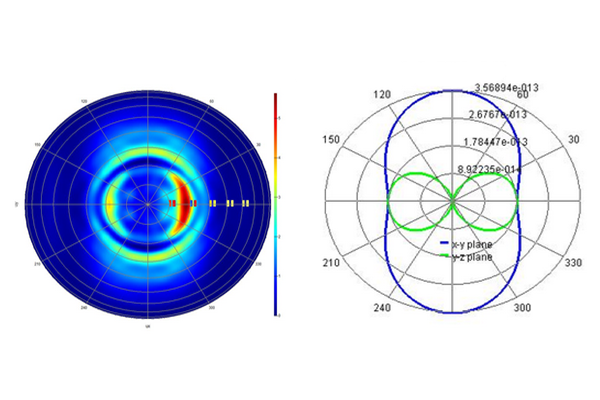

We will be making the same two-layer thin film multilayer design ( discussed in the previous discussion) in this software and simulate the design for the optical and near-infrared regimes (350-1050 nm). We will only discuss one software, namely Lumerical FDTD solutions, which employ the finite difference time domain (FDTD) method. Here we will introduce the software techniques which are employed to find the reflection, transmission, and phase from 3D objects, and to optimize the resonances produced by the said objects. The principle revealed in this work is helpful for design and optimization of 3D SERS substrates.We covered 2D simulations in our previous discussion on 2D thin film calculations. In addition, the extinction spectra of Ag nanotube and Ag-decorated TiO 2 and SiO 2 nanorods were calculated and the refractive index of dielectric materials was found to be capable of tuning the LSPR of 3D SERS substrates as well. The FDTD results were discussed with a comparison to the experimental data obtained from flower-like Ag-ZnO-NR 3D SERS substrates. Both of high- and low-frequency LSPRs were enhanced with the increase in the Ag-ZnO-NR length while the intensity of local electromagnetic field depends on the Ag-ZnO-NR density. The diploe local surface plasmonic resonance (LSPR) was found to split into high- and low-frequency two branches, in which the low-frequency mode is predominant in contributing to the Raman enhancement, while the ZnO-NR radius and Ag-layer thickness play important roles in tuning the LSPR frequencies.

To optimizing 3D SERS substrates, the extinction spectra and local electromagnetic fields of Ag-decorated ZnO nanorods (Ag-ZnO-NR) were studied by a finite-difference time-domain (FDTD) method. Surface enhanced Raman spectroscopy (SERS) is becoming an effective method of detecting organic molecules, and three-dimensional (3D) SERS substrates are promising in practical applications.


 0 kommentar(er)
0 kommentar(er)
